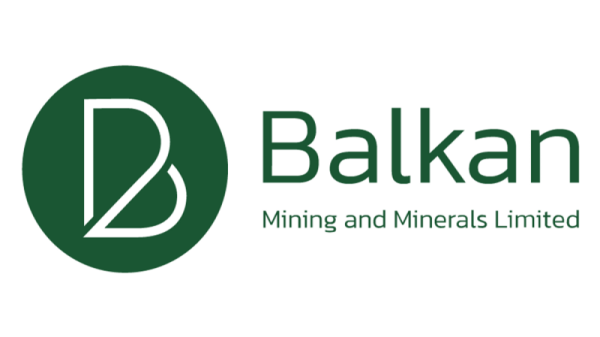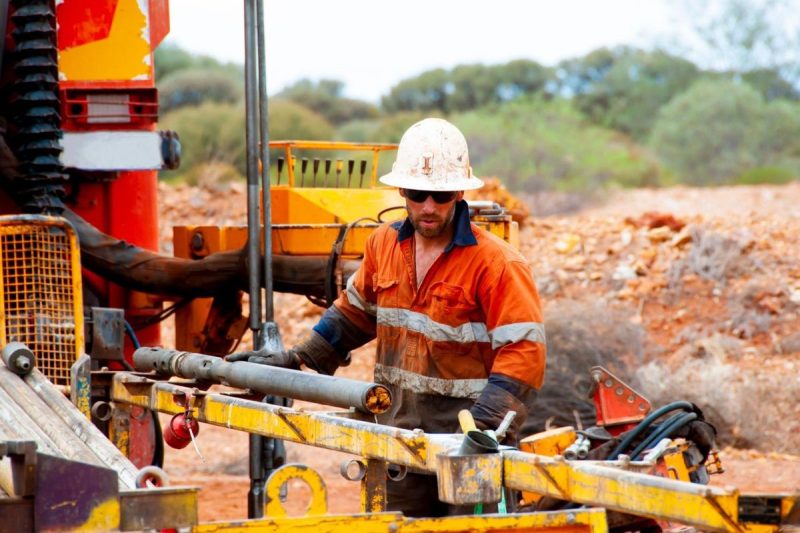Investing in junior mining companies can be tricky, and it’s often challenging for investors to pick winners.
That’s largely because junior miners have one of the toughest jobs in the mining industry: finding mineral deposits. The kicker is that many of these mineral exploration companies don’t actually generate revenue to finance their exploration activities.
Rather, junior miners must present an attractive value proposition to accredited investors. They may then decide to take an equity position in the company, often through private placements.
What is a junior mining company?
A junior mining company is typically a company that focuses on the early stages of a mine’s creation, from prospecting and early exploration through to completing preliminary economic assessments and feasibility studies.
Junior miners often have low market capitalizations of under $500 million — some mining penny stocks are well under — although more advanced-stage junior mining companies with high-value projects may have market caps of up to $2 billion.
Very few junior miners have the funds and expertise required to develop a deposit into an operating mine; for many, the goal is to hit upon a deposit that’s attractive enough to catch the attention of a major producer that will pay to acquire the asset.
Another path a junior may take is to partner up with a larger firm that can give it access to the financing and qualified experts needed to build and operate a mine. Other junior companies actively search for brownfields projects with past-producing mines and stockpiled ore that can be quickly and cost-effectively brought into production — if successful, they can restart to production and generate cashflow to fund exploration efforts.
Are junior miners a good investment?
Junior mining stocks are inherently risky, and companies frequently fail because of the significant risks involved in each stage of exploration and development. Discovering viable deposits is incredibly difficult and capital intensive. As a result, stock values can shift drastically when juniors report disappointing drill results or less-than-stellar economic studies.
Aside from what could go wrong at the project level is what could go wrong in the markets. The risk appetite of resource investors is very much tied to the ebb and flow of commodities cycles, which can be unpredictable. Understandably, attracting capital in a market downturn can be an insurmountable feat for many junior miners.
Investing in junior mining stocks, however, can be a lucrative venture for those with a higher tolerance for risk and the know-how for spotting the right projects. Indeed, many investors are attracted to junior mining stocks because, as expert Peter Krauth has said, “all it takes is just one 10-bagger to make up for all the dogs in the pound.”
There may even be tax benefits to investing in junior mining stocks in the right jurisdiction. Flow-through share tax credits in Canada are one example. Click here to learn more about how they can benefit junior resource investors.
Most of the world’s junior miners are listed in Canada, with about 40 percent of all global mining financings taking place on the TSX or TSXV. Every year, the TSX Venture 50 highlights the top-performing listings across five key sectors, including mining. The 10 mining firms featured in 2024’s TSX Venture 50 list saw average annual share price growth of 245 percent and an average annual market cap increase of 734 percent.
Check out our weekly top gainers to find out which Canadian mining stocks are performing well each week, as well as the five best-performing junior gold stocks and junior copper stocks on the TSXV.
High numbers of junior mining stocks are also found on the LSE and the ASX.
5 tips for investing in junior mining companies
Investors should practice due diligence and use as much information as is available if they want to successfully identify investment-worthy junior mining companies. Here are a few tips on how to spot winners:
1. Experienced management is crucial
Look for a team roster stacked with players who boast a track record of successful discoveries and projects brought through to feasibility. News about staff changes like resignations, new hires and company restructurings may seem small at first, but team updates are a crucial point to be aware of when choosing juniors.
2. Keep up with the news
Keeping up with company announcements is important — juniors are often high-risk investments that rely on strong news flow. The value of a junior mining company is heavily affected by news highlighting exploration activities such as drill results, and business activities such as the development of new partnerships, management changes, financings and disputes. Press releases are a great source of this information.
3. Read studies and reports
Understanding technical reports and studies is crucial to understanding the progress of junior mining companies. Mineral resource estimates, preliminary economic assessments and feasibility studies are especially helpful to look out for — they provide information that can help determine the likelihood of a project’s success, its potential challenges and what the payoff might be. Many of these reports are technical, so it’s important to appreciate the details and understand topics like mineral grading, licensing, reserve estimates and metallurgical tests.
4. Be aware of political risk
It’s worth taking the time to familiarize yourself with the countries in which junior miners operate. Safe jurisdictions are those with stable, mining-friendly governments, low sociopolitical strife and transparent permitting processes. Metrics like the investment attractiveness index used in the Fraser Institute’s annual mining survey can provide an overview of which countries are more receptive to mining projects — but timely information is key, too. Wars, strikes and election cycles are particularly noteworthy and should always be looked at when considering juniors.
5. Use purchasing criteria
Speculating on junior mining stocks is common, but can be heavily influenced by personal biases and impulse choices. It helps to bring a more rigid, objective approach to picking junior mining stocks. Rule suggests buying a stock for a specific reason and selling that stock if the reason disappears. Thinking like this allows decisions to be made more quickly and with more clarity.
Securities Disclosure: I, Melissa Pistilli, hold no direct investment interest in any company mentioned in this article.






































